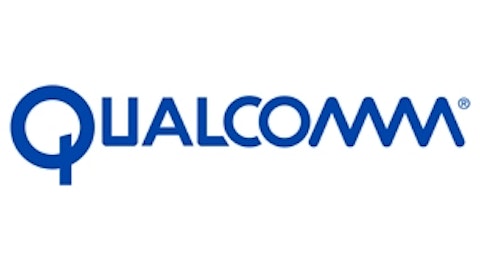Broadcom Corporation (NASDAQ:BRCM) was founded in 1991 with a simple mission of “Connecting everything.” Since then, the organization has grown into a multi-billion dollar company with a market cap of $19 billion and its top line last year was in excess of $8 billion.
In spite of an overall dip in the market owing to tense economic conditions prevailing in most of the developed world, and a slowdown in growth across major emerging economies, the semiconductor industry has fared relatively well.
Although Objective analysis (it regularly follows the semiconductor industry and its trends) forecasts a 5 % decline in global revenue, the industry did well to restrict the decline to 2% and record overall revenue of close to $300 billion.
2012 was a good year for the company, with overall revenue of up 8% year-over-year reaching $8 billion and cash flow from operations amounting to $1.9 billion, up 5% from the year-ago period. The company witnessed its first ever quarter (Q3 2012) in its 19-year history to reach the $2 billion revenue mark.
Moving forward, the global semiconductor industry looks set to enjoy robust growth across all business segments, especially with the rise in smartphone and tablet usage, enterprise hybrid cloud networks, and growth in pay TV subscribers in Latin America, Middle East, and Asia.
China is the biggest market for the semiconductor industry and is set to account for 50% of the global market share by 2015 with significant growth in the automotive and industrial markets. Countries like India, Brazil, and Russia will become important markets going forward, giving further boost to the industry.
Source: Analyst Day presentation
The emergence and widespread use of smartphones and tablets has been the game-changer for the semiconductor industry. With increase in data usage and demand by customers for faster data speeds, Broadcom Corporation (NASDAQ:BRCM) has constantly moved on the path of innovation to meet customers’ demands.
The company has been on the path of constant innovation to gain the first mover advantage, which is evident from its introduction of a 5G WiFi combo chip for smartphones, tablets, and ultrabooks and other mobile devices, which essentially makes it the first chip vendor to offer solutions based on the 802.11ac standard for every major Wi-Fi product segment.
The technology is considered a major development as it dramatically increases Wi-Fi coverage and transfer speeds, while significantly reducing power consumption as the device now manages the same volume of data at a faster rate, enhancing the device efficiency 6 times the current levels.
Moving on the path of innovation, the company, in a bid to increase its share of the LTE (Long term evolution) market, has introduced a new chip (Touted as the smallest 4G LTE chip in the market).The smaller size not only makes the chip cheaper to produce, but also reduces power consumption.
With most of the global telecom players now moving to new technologies to enhance customer experience, LTE is fast becoming a globally accepted benchmark and company’s foray into developing products in this technology is sure to bear fruits in the medium term.
These innovations, together with a diversified product portfolio and dedicated investment in research and development, make Broadcom Corporation (NASDAQ:BRCM) one of the most attractive companies in the semiconductor space and poised for a robust growth in its top and bottom line in the coming times.
A close analysis of the financials reveals a similar story. The company’s current P/E is 23.78 and forward P/E (FYE 2014) is pegged at 11, which reveals a robust growth in earnings going forward.
Emerging markets: Engines of growth
A recent research report published by global research firm IDC expects a 32% YoY growth in demand for smartphones in 2013 with global shipments pegged at over 950 million units.
Broadcom Corporation (NASDAQ:BRCM) has set its sight clearly on the emerging markets with the company entering into partnerships with local players to enter the low-cost smartphone market, giving a substantial push to the company’s revenue.









